#KAMBEI.
Explore tagged Tumblr posts
Text
tags post
tags post
0 notes
Text

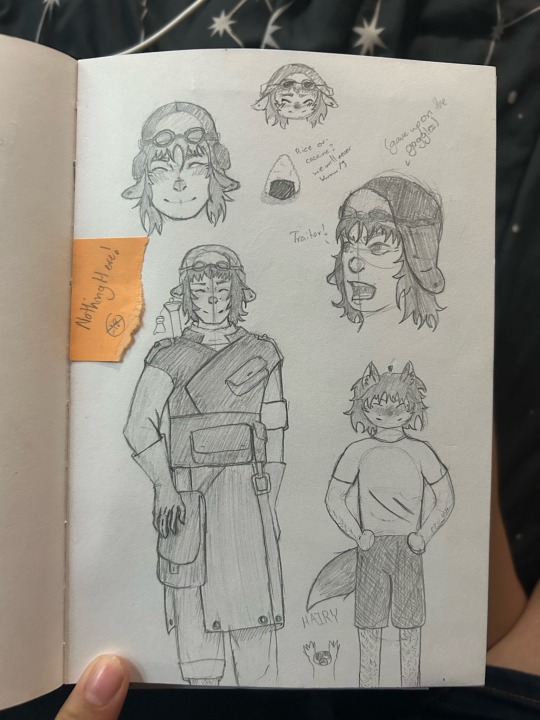

First post ‼️ Samurai 7 Doodles
6 notes
·
View notes
Note
Would Kambei Shimada from Seven Samurai (1954 movie) become an avatar of the Slaughter?

2 notes
·
View notes
Text
GranBlue Fantasy Versus: Rising: Dual Guest Character Poll (Manga/Light Novel/Anime)



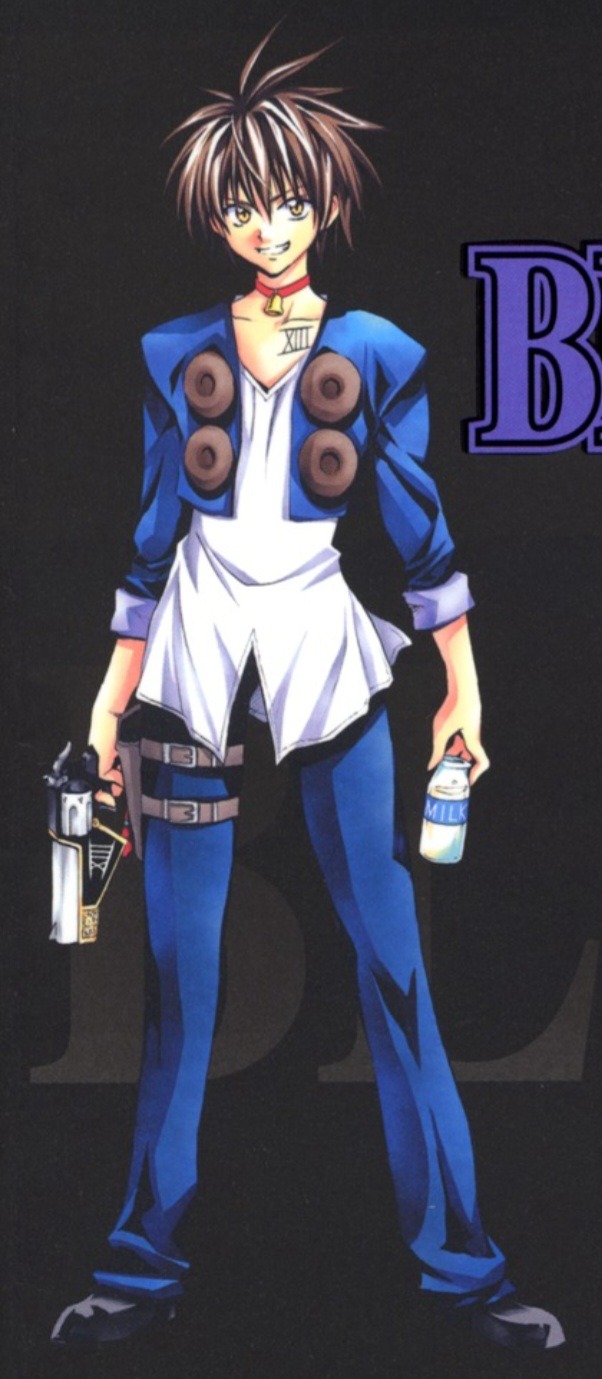


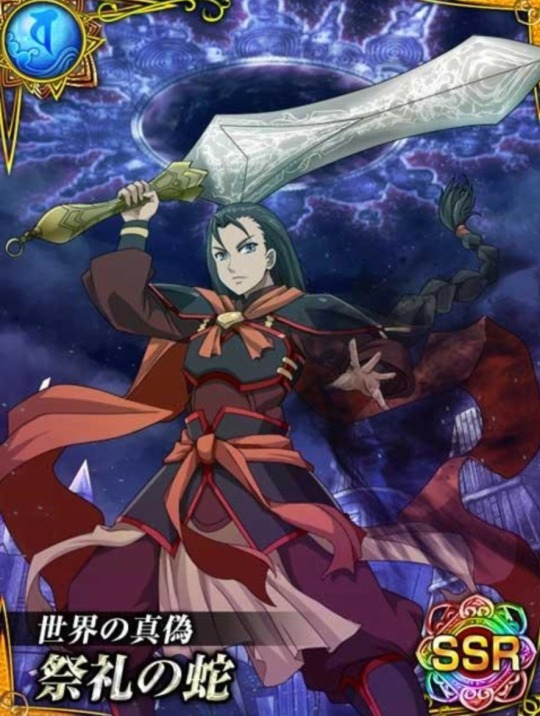




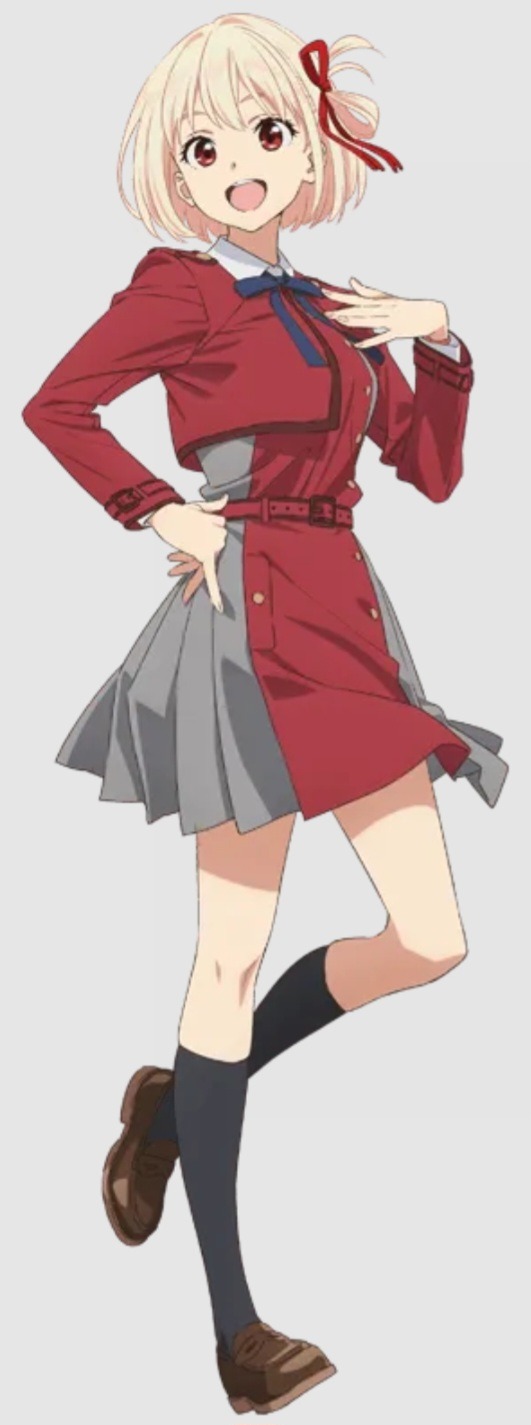

#GranBlue Fantasy Versus: Rising#Akame ga Kill!#Tatsumi#Mine (Akame ga Kill!)#Black Cat (Manga Series)#Train Heartnet#Eve (Black Cat)#Shakugan no Shana#Shana (Shakugan no Shana)#Yuji Sakai#Absolute Duo#Tor Kokonoe#Julie Sigtuna#Samurai 7 (Anime)#Kambei Shimada#Kikuchiyo#Lycoris Recoil#Chisato Nishikigi#Takina Inoue#Question Poll
3 notes
·
View notes
Text
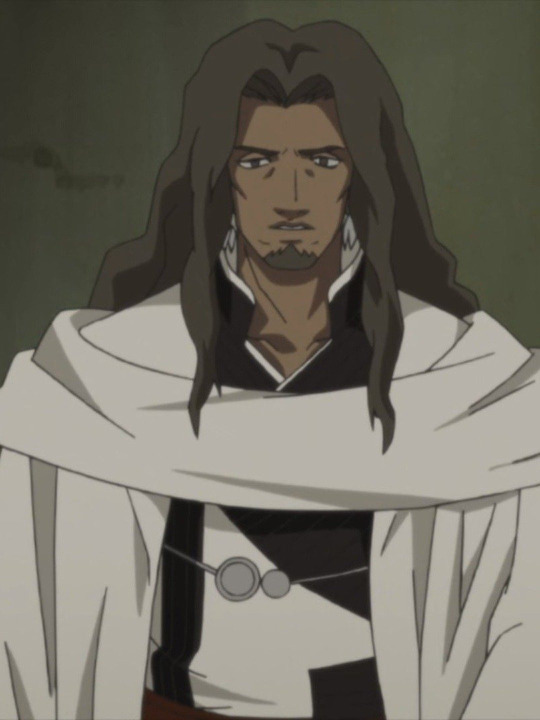
Today’s disabled character of the day is Kambei Shimada from Seven Samurai, who has an unspecified trauma disorder
Requested by Anon
[Image Description: Drawing of a man with long brown hair and brown eyes. He has a brown short beard. He is wearing white robes, black do, long silver spike earrings, and red waist sash.]
#unspecified character#Seven Samurai#Seven Samurai Kambei#Kambei Shimada#disabled character of the day
5 notes
·
View notes
Text
(( The Excessively Detailed Headcanon Tumblr Meme -- @duelcafe said: [ 2. Do they have any daily rituals? 7. Favorite way to waste time and feelings surrounding wasting time? 31. Most prized possession? For Kambei! ]

⛩️ Shimada Kambei // Samurai 7 ⛩️
[ do they have any daily rituals? ]
-- Kambei, like most Samurai in his world wake up with the rising sun. He removes his earrings before sleeping, so he slides them in his ears at first light, using the reflection on his katana to see where he's moving his hands; though he's so practiced it's second nature to breathing and swinging said weapon. He also kneels in seiza position to greet the sun, pray and ask for a good day.
[ favorite way to waste time and feelings surrounding wasting time? ]
-- Contrary to what people [in the series] tend to think, Kambei doesn't like to waste time, if he must though, he spends it wither sleeping, or meditating to where it seems like he's sleeping.
[most prized possession? ]
-- His earrings, and different parts of his clothing. In [episode # idrr] Kambei is shown wearing garments unlike his normal clothes because he's being imprisoned. I feel like his clothing is vey important, like his sword as they're his possessions as he travels around with nothing else, save a little bit of money from doing work when he deems it necessary.
#⛩️ meme reply ⛩️#⛩️ asks ⛩️#⛩️ headcannon ⛩️#duelcafe#⛩️ kambei // the master ⛩️#⛩️ series // samurai 7 ⛩️
1 note
·
View note
Text

Kambei from Seven Samurai (1954) by Patrick Zircher
17 notes
·
View notes
Text
KW: The Sengokus (RAW)

Nene, Kuroda Kambei, and Mitsuhide Akechi sadly didn't get another official art bc all 6 of them would have been pretty epic ngl :"^)
The following video links provided are in separate parts/arcs
The Oda Nobunaga Arc
The Hideyoshi & Ieyasu Arc (This is also the Finale of the Sengoku arc)
idk what to call this so i assumed this is the sengoku komasan's arc and then it fused with sengoku jibbers arc???
yeah these guys really don't last a year but they really deserve more love
5 notes
·
View notes
Text
Seven Samurai Blog
Seven Samurai is often considered Akira Kurosawa’s magnum opus. For a film made sixty years ago, the sharp black-and-white resolution and modern cinematography hold up better than even films made nowadays. Each scene is so beautifully composed that the film never drags despite its methodical storytelling. From the start, viewers will immediately be compelled by the class struggles, and sympathize with the villagers who are reliant on samurai due to militaristic abandonment. However, as the film progresses, we see the selfish nature of the villagers which culminates in a gutting final closing statement. The elderly ronin Kambei declares “The farmers are the victors, not us”.

After losing four of their carefully assembled samurai crew, the remaining samurai are met with little acclaim from the villagers. The village’s selfish nature left me wondering if it was even worth it. During a moment of crisis, the village only seemed to care about a young samurai sleeping with a farm girl. The samurai clan’s overall approval symbolizes their stature above class. The villagers are just as bad as the rest of the class system through their disrespect of those willing to help.
These moments would not be as emotionally effective without the immaculate staging of characters. In particular, the first half intricately builds trust between the farmers and the samurai. The film wastes no time effectively developing characters. Notably, the widely-ranged Toshiro Mifune shines as Kikuchiyo. The comic relief and lowest of the samurai crew becomes the most intriguing character. He quickly turns into the most dynamic character, especially during a crucial scene where he saves a farmer kid, but not his mother. Kikuchiyo states “This boy is me. This boy’s story is my story”. This implies his life as a farmer and the collective tragedy they faced. It could hint at why he is effortlessly made the crew’s disposable shitbag and his family tree remains ridiculed.
Furthermore, I find the film’s use of violence effective. All types of battle and class-related atrocities are captured compellingly as they should be, but the film finds good use in moments of comical levity. It’s quite something to go from the despair of dying innocents and village destruction to cheering the defeat of a combatant. More so, the film does this without ever feeling jarring in its tone shifts. They are naturally thought out, allowing for moments of reflection as well as much-needed moments of swashbuckling entertainment. Its effortless blend of drama and comedy is truly timeless.
2 notes
·
View notes
Text
Seven Samurai
I really enjoyed watching Akira Kurosawa's Seven Samurai. It is understandable why it received so much praise during its release and many years after. The elements of heroism, comedy and struggle are remarkably captured by these 7 samurai defending the village. When we first get introduced to Kambei, he cuts his topknot to pose as a monk to save the kid from the thief holding him hostage. Despite the significance that a samurai’s top knot holds with respect to their status, he still cuts it off for the sake of someone else. This scene does a great job establishing Kambei as a heroic, capable, respectable character and it definitely solidified him as my favorite character of the movie. Even though the narrative engine is very serious in nature, Kurosawa effectively places moments of humor and light-heartedness throughout the film. In large part, these moments came from Kikuchiyo. There were two moments that I really found funny. The first was when he was coming into the place that the samurai were staying at and Kambei told the concerned villager “A true samurai won’t get hit.” This was when Katsushirō was waiting by the door to test Kikuchiyo, a test to which he failed. The second was a scene that was in direct contrast to when Kyūzō marched into enemy lines to steal away a musket. In this scene, Kyūzō says he is going to do something, he does it, and does not boast about it. On the other hand, Kikuchiyo leaves his post out of jealousy and retrieves a musket, for all the glory, resulting in bandits breaching the post he abandoned. At first glance, Kikuchiyo seems like he is just a comic relief character, but he actually has a fair degree of depth that goes beyond this. What really sold this idea to me was when he comes back with armor from samurai slain at the hands of farmers and responds to the other samurai’s anger by explaining how samurai have played a significant role in causing the farmers suffering, eventually revealing that he was a farmer growing up. This film creates a situation of high stakes where characters pay the price for their actions. In the struggle against the bandits, many of the villagers died along with four of the samurai. The death of the samurais were powerful moments in the movie that snapped the audience into realizing the severity of the stakes. After the struggle against the bandits is over, and the villagers win, we are left with a bittersweet moment where the villagers are happy and working on their fields, while the remaining samurai are left knowing that the win was for the villagers and not for them.

2 notes
·
View notes
Text
Seven Samurai by Akira Kurosawa (1954) JPT3391 Neil McInnis
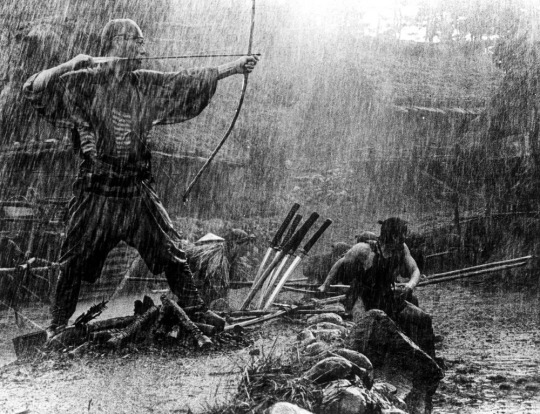
Set in the late Azuchi-Momoyama period, 7 Samurai details a story of survival, community, camaraderie, and loss. After a series of devastating raids from a marauding band of thieves, a small village turns to a traveling samurai, Kambei, for aid. Understandably, the Samurai is reluctant and skeptical at first, since he has everything to lose and nothing to gain. Fortunately for the villagers, he comes around to their side after rescuing one of their children from a stray bandit. Now determined to protect who he sees as innocent rural folk, he sets out to the city to recruit more Samurai for the effort. However, the village has been left practically destitute, and can only offer small servings of rice to any Samurai who offers them aid. The village elder suggests they find "a hungry Samurai".
In the town, after a series of surprise-attack tests on Samurai, they recruit Kambei's old war-buddy Shichirōji, along with Gorobei (a proficient archer), Heihachi, and Kyūzō, a stoic master swordsman whom Katsushirō develops a man-crush on. Kikuchiyo, a wild-eyed, monkey-like Samurai wannabe, is eventually accepted into the group after they give up trying to get him to go away. Once all 7 are recruited, they return to the village and begin the long process of building trust between themselves and the villagers. This trust also involves training them to use spears and basic tactics. They construct various defense structures, like wooden palisades, moats, and moving villagers to the center of the village.
Kambei decides to strike at the bandits preemptively, with a strike party consisting of Heihachi, Kikuchiyo, and Rikichi. They burn the bandit hut and force them out, freeing the captured women and cutting down the men. Rikichi's wife was made a concubine, so he and Heihachi rushed inside to rescue her. Tragically, Heihachi is shot at a distance by a musket. He's killed almost immediately and Kikuchiyo carries his body back to the village. Racked with grief, Kikuchiyo plants the flag they made atop a house overlooking Heihachi's grave, and vows to fight to the end.
The day of the raid approaches, the 6 remaining Samurai continue to fortify the village and train the villagers with bamboo spears. Kyuzo successfully dispatches 2 bandits and takes 1 musket in a solo night raid. Kambei orders the villagers to let the bandits in singularly or in small groups to slowly dispatch all of them. In the next raid, Gorobei is killed by a mounted archer. This goes on for several days, and Kikuchiyo steals one more musket. In the next raid, the presumed leader of the bandits takes several villagers hostage with a musket, and starts shooting at the Samurai as they try to break in. He hits Kyuzo, killing him nearly instantly. Enraged, Kikuchiyo charges the bandit, and sustains a serious wound, but still manages to drive his katana through the bandit's chest before he succumbs to his injury.
All in all, 4 of the 7 Samurai were killed, 3 of the 4 by gunshot. Kambei reflects on the incident, saying "in the end this was our loss. Those peasants bear the true victory" as he, Katsuhiro, and Shichiroji gaze solemnly at the graves of their fallen comrades.
The shot I chose to analyze for this film was the one where Kikichiyo stabs 5 more katana into a mound of mud, so that he can pick them up easily. This scene reflects the anger and guilt he feels from his fallen friends, and his resolve to keep on fighting on behalf of them and the villagers.
4 notes
·
View notes
Text
Seven Samurai

Kurosawa’s Seven Samurai, although having a runtime of three and a half hours, was engaging for me from front to finish. The film takes place in 16th century Japan, covering a small farming village’s conflict with raiding bandits. The village elder decides to fight back, and a small group of men are sent to find samurai to fight for the village. The first hour of so is spent assembling the titular crew of seven samurai who devote themselves to defending the village from the bandits.
My favorite part of the film is the attention to each characters’ personality, struggle, and motives. When the samurai are introduced, you get a sense of why the character chooses to join the crew or not. A huge influence is the caste system that influenced Japan in this era, with samurai not finding the same honor in defending a village as defending a clan with a castle. Kikuchiyo interested me the most, as he was clearly overcompensating for some aspect he felt he internally lacked, as seen in his attempt to deceive the samurai into believing he was from a line of samurai. This attention to the individual also adds weight to the fight scenes for me, as the impact of the character’s decisions and immediate objectives, as well as the consequences suffered, are clearly portrayed.
The caste conflict rises in two main subplots. Firstly, when it’s revealed the villagers are harboring samurai armor, meaning they have killed samurai in a past conflict. This adds immense tension, as the samurai question why they are even fighting for deceitful villagers. A powerful character moment followed when Kikuchiyo argued for the villagers, despite their nature to lie, because the samurai have caused them to live in fear. This moment revealed why Kikuchiyo has acted in the way he did, as he was born a farmer and moved through the caste system to become a samurai.
The other subplot involves a love story between Shino, the daughter of one of the villagers, and Katsushiro, a young samurai. On the eve of the decisive battle, Shino’s father discovers the pair’s entanglement, lashing out in anger and calling Shino damaged goods. This further displays the fact that farmers and samurai simply should not mix. Although this subplot was less crucial to the story, I think that Kurosawa was trying to fight against this strict system, with villagers saying “it’s just two people in love”.
People are driven by societal expectations of how they must act. Farmers and samurai do not mix. Samurai have the drive to prove their strength and honor in defending a village, even if they have nothing but rice to gain. The bandits continue their offensive, even once it’s clear the village’s defenses are too much for them. The outcome of this thinking is summed up nicely in the final scene, with Kambei saying “In the end, we’ve lost this battle too” before the camera pans up to the graves of the four fallen samurai. The peasant farmers are the victors, not the samurai who fought for them.
The filming techniques in this movie very pleasantly surprised me. I found myself entranced by the fighting scenes with shots such as the women’s point of view of the fighting from behind the wooden bars of their shelter. With almost exclusively practical effects, I was interested in the filming process of this movie. Turns out it wasn’t all that smooth, with the movie being delayed twice due to Kurosawa going overbudget and the final cost being $500,000 USD, the most of any Japanese film at the time. I think this speaks to the grand scale of the film, perhaps more than any other Japanese film up until that point.
2 notes
·
View notes
Text
Seven Samurai
This movie had me stressed. But in a good way. One thing this movie did a phenomenal job at was making me invested with its various characters. Within the first couple of minutes of the film, I could tell it was going to go down the hero’s journey route, were our heroes had to be “assembled” before the story could progress. Though this is a very common trope used in many modern movies in today’s time, therefore it is highly likely for one to take for granted how groundbreaking this type of “avenger assemble” movie was for the time.
One thing I would look like to talk about specifically is Kambei and is establishing character moment, or rather, the moment that defined to us the audience what type of person he is – which is the scene in which he cuts his hair. What’s so special about this scene is that it immediately shows how Kambei’s beliefs contrasts that of the typical samurai, as no honorable samurai would cut his hair. Yet here we see Kambei, shaving his hair, in order to save someone’s life. This sacrifice is something that is present for the rest of the movie, as his head remained shaven for the rest of the film. To me this is a perfect parallel to the ending of the movie, as although the village was saved, it came at the price of 4 of the 7 samurai. Sometimes doing what is morally right comes at a price, some temporary – as with Kambei’s hair which should eventually grow back with time – and some permanent – as with the deaths of samurai. But is the price worth it. At the end of the film Kambei states to his remaining fellow samurai that at the end of it all, they didn’t win, the villagers did – to which the camera then pans towards the 4 mounds were our fallen heroes have been buried. To me, this indicates that although they did end up saving the village, Kambei feels as if though the sacrifice was not worth it as now, he is returning home with the knowledge that he led 4 of his fellow samurai to their death.

2 notes
·
View notes
Text
The melody of memory: the ancestral hymn that united two continents
In the summer of 1933, linguist Lorenzo Dow Turner (1890-1972) and musicologist Lydia Parish visited Amelia Dawley in Harris Neck, Georgia. This was a coastal community of Black landowners from the Gullah ethnic group. Turner recorded the song sung by Dawley, which the community had known for ages without understanding its meaning. This marked the beginning of a journey to their roots.
Origin of the Gullah Language
Turner was interested in Gullah culture, which had remained isolated from outsiders, especially white people. The Gullah people were descendants of slaves from plantations in South Carolina and Georgia, comprising individuals from the Mandingo, Bamana, Wolof, Fula, Temne, Mende, Vai, Akan, Ewe, Bakongo, and Kimbundu ethnic groups.
Turner hypothesized that their language was either an archaic or childlike form of English. To uncover this part of American linguistic history, which he would publish in "Africanisms in the Gullah Dialect," he first had to earn their trust. Through his research, he realized that Gullah had no trace of English and reasoned that it could have survived similarly to Pennsylvania Dutch, a dialect of German preserved through relative isolation. The study of their language indicated a common origin with the languages of Jamaica and Barbados, suggesting it originated from some part of West Africa. After years of studying their creole languages and African languages, he narrowed his search down to the Mende and Vai languages.
youtube
Among the data he recorded, in chapter 9 of his book, he published Dawley's song, considered the longest known African language song in the United States. Its meaning was unknown, but in 1941, his Sierra Leonean student Solomon L. Caulker recognized the repetition of the term "kambei" ("grave") in the Mende language. Thanks to this revelation, Turner was able to publish a translation of the funeral song:
Ah wakuh muh monuh kambay yah lee luh lay tambay Ah wakuh muh monuh kambay yah lee luh lay kah. Ha suh wileego seehai yuh gbangah lilly Ha suh wileego dwelin duh kwen Ha suh wileego seehi uh kwendaiyah.
Come together, let's work hard; the grave is not yet finished; let its heart be perfectly at peace. Come together, let's work hard; the grave is not yet finished; let its heart be perfectly at peace. Sudden death commands everyone's attention, oh elders, oh heads of families. Sudden death commands everyone's attention, like a distant drumbeat.
Turner's works became reference materials, but general interest in the Gullah people experienced a pause. Anthropologist Joseph Opala, who had lived in Sierra Leone for years and studied the ruins of slave trading centers, was the one who revived the interest.He began with the records from the Ball plantation in South Carolina and the slave ship and auction records discovered in New York, which showed a complete trace from Africa to the present day. In his documentary Family Across the Sea (1989), he gathered Emory Campbell and several Gullah leaders for a trip to Sierra Leone.
The Return of the Funeral Hymn
However, although enthusiastic about the idea, Sierra Leone felt it was not enough. They needed clearer links. That's when they collaborated with ethnomusicologist Cynthia Schmidt to find the origin of Dawley's song. They searched the district where they estimated its most likely origin, but found no one who knew it. This changed in the periphery, in Senehun Ngola, where they found Bendu Jabati.
Bendu Jabati had heard this song sung by his grandmother, who told him it was sung in honor of the ancestors. It was a hymn sung at funerals, associated with a very important ceremony for the Mendé: the Tenjami ("Crossing the River"). Knowing that it was a cultural element that could be lost, his grandmother taught it to him, along with the movements to show her mourning. The custom was for the men to prepare the grave, while the women pounded the rice. It was performed on the third day of a woman's funeral or the fourth of a man's, symbolizing the bridge between the world of the living and the dead. Relatives spent the night and part of the next day at the burial site performing the final rites. After preparing and eating rice, participants completed the ritual by turning over an empty pot of rice, leaving it on the ground as a farewell. This ceremony disappeared after World War I, when soldiers recruited by the British Army introduced Islam and Christianity upon their return.
youtube
The meeting took place in 1997 between Mary Moran (1921-2022), daughter of Amelia Dawley, and her family, with Bendu Jabati. They were welcomed by the president of Sierra Leone in Freetown and taken to Senehun Ngola, where they met Bendu Jabati. By that time, they had the full text of the song provided by Sierra Leonean linguist Tazieff Koroma and translated by him, Edward Benya and Opala. In Sierra Leone, the song was slightly different, possibly because of the development of the language over the intervening centuries. When Mary Moran and Bendu Jabati met, it proved that this hymn had survived another generation. This encounter was shown in the documentary The Language You Cry (1998).
A wa kaka, mu mohne; kambei ya le'i; lii i lei tambee. A wa kaka, mu mohne; kambei ya le'i; lii i lei ka. So ha a guli wohloh, i sihan; yey kpanggaa a lolohhu lee. So ha a guli wohloh; ndi lei; ndi let, kaka. So ha a guli wohloh, i sihan; kuhan ma wo ndayia ley.
Come quickly, let us work hard; the tomb is not yet finished; his heart has not yet grown cold. Come quickly, let us work hard; the tomb is not yet finished; let his heart be cool now. Sudden death cuts down the trees, borrows them; the remains slowly disappear. Sudden death cuts down the trees; let it be satisfied, let it be satisfied, at once. Sudden death cuts down the trees, borrows them; a voice speaks from afar.
Recognizing a Slave Girl
In Sierra Leone, however, they wanted an even more concrete connection: the name of a slave who had left their homeland. Despite the difficulty of the task, Opala found in the Martin family papers the name of Priscilla, a girl who was taken from Sierra Leone to Charleston in 1756. Although it is unknown exactly how she was obtained, contemporary records speak of abductions by other Africans, especially from enemy kingdoms, such as the Fula, Mandingo or Susu. They were kidnapped, prisoners of war, people convicted of crimes or sold to pay debts. In exchange, the British offered them guns, gunpowder, clothes, rum, metal goods and various trinkets. Of the 40 British slave castles or fortified trading posts in Sierra Leone, he would have passed through Bunce Island, the largest and only major castle on the Rice Coast. She would have come from the interior to the coast walking naked or with rags and bound hands. Before traveling by sea, she would have been branded and auctioned off. After surviving the rough voyage across the Atlantic on the ship Hare, she would have stayed 10 days in quarantine, being one of the few people in good condition, and then put to work in a rice field. Although the Hare was a British ship owned by the London owners of Bunce Island, New-York Historical Society records said it was an American slave ship owned by Samuel and William Vernon, two of the wealthiest merchants in colonial Rhode Island, sailing from Newport, Rhode Island.
In America, Priscilla would have fallen in love a decade later with the slave Jeffrey, with whom in 1770 she had three children and, in 1811, after his death, about 30 grandchildren. Her descendants continued to work on the plantation until early 1865, when the plantation was taken over by the Federals. Henry, one of his freed descendants, took the surname Martin and had ten children with Anna Cruz. Of these, roofer Peter Henry Jr. was born in 1886 and had Thomas P. Martin in 1933. At the time of the investigation, he was to have been the one to make the trip, but he died and was replaced by his daughter Thomalind Martin Polite, a 31-year-old speech pathologist at a primary school. Their reunion in Sierra Leone was shared in the documentary Priscilla's homecoming (2005).
In conclusion, although slavery attempted to erase the identity of its victims, they have the power to preserve the customs that connect them to their roots through the centuries. The song itself bridged the gap between the two shores, reuniting through their descendants those who had been separated.
4 notes
·
View notes
Text
HC // Loyalty & Sacrifice

⛩️ Shimada Kambei [Samurai 7] ⛩️
- Loyalty to comrades is something that he cherished when he fought against the Nobuseri, and after becoming a wandering Samurai. He always held his fellow Samurai in high regard, even coming so close to dying for one of them.
- He would gladly sacrifice himself if it meant his friends would be saved, and he knows the ins and outs of self-discipline, and even how to die with honor if he did it himself.
- Sacrifice is nothing that makes him second guess, he’d fight to save both himself and others, blade in hand, till his final breath.
- If someone breaks loyalty with him, Kambei will first try to rally them, get them to come back. But if they won’t, and they turn against him, he’ll cut them down without hesitation, though he will be deeply sad afterwards and mourn them.
0 notes
Photo
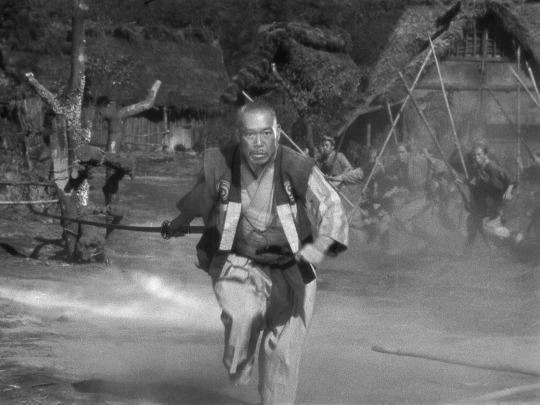
Takashi Shimura in Seven Samurai (Akira Kurosawa,1954)
Cast: Toshiro Mifune, Takashi Shimura, Yoshio Inaba, Daisuke Kato, Seigi Miyaguchi, Minoru Chiaki, Isao Kimura, Yoshio Tsuchiya, Bokuzen Hidari, Yukiko Shimazaki, Kamatari Fujiwara, Keiko Tsushima, Kokuten Kodo, Yoshio Kosugi. Shinpei Takagi, Eijiro Tono, Tatsuya Nakadai. Screenplay: Akira Kurosawa, Shinobu Hashimoto, Hideo Oguni. Cinematography: Asakazu Nakai. Production design: Takashi Matsuyama. Film editing: Akira Kurosawa. Music: Fumio Hayasaka.
It's a truism that silent movies and talkies constitute two distinct artistic media, and to judge the one by the standards of the other is an error. But it's almost impossible to watch films made by older directors, especially those who came of age when silent films were being made, without noticing the efforts they make to tell their stories without speech. It's true of John Ford, Alfred Hitchcock, and Howard Hawks, even though they, especially Hawks, became masters of dialogue in their films. And it's true of Kurosawa, who although he didn't begin his career in films until 1936 and directed his first one in 1943, was born in 1910 and grew up with silent movies. I think it helped him learn the universals of storytelling that are independent of language, so that he became the most popular of all Japanese filmmakers. Others rank the work of Ozu or Mizoguchi more highly, but Kurosawa's films manage to transcend the limitations of subtitles more easily. Of none of his films is this more true than Seven Samurai, which is also generally regarded, even by those with reservations about Kurosawa's work, as his masterpiece. That's not a word I use lightly, but having sat enthralled through the uncut version, three hours and 27 minutes long, last night, I'm willing to endorse it. It's an exhilarating film, with none of the longueurs that epics -- I'm thinking of Gone With the Wind (Victor Fleming, 1939) and Lawrence of Arabia (David Lean, 1962) -- so easily fall into. I don't know of any action film with as many vividly drawn characters, and that's largely because Kurosawa takes the time to delineate each one. It's also a film about its milieu, 16th-century Japan, although as its American imitation, The Magnificent Seven (John Sturges, 1960), shows, there's a universality about the antagonism between fighters and farmers. Kurosawa captures this particularly well in the character of Kikuchiyo (Toshiro Mifune), the would-be samurai who reveals in mid-film that he was raised as a farmer and carried both a kind of self-hate for his class along with a hatred for the arrogant treatment of farmers by samurai. Mifune's show-off performance is terrific, but the film really belongs to Takashi Shimura, who radiates stillness and wisdom as Kambei Shimada, the leader of the seven. There are clichés to be found, such as the fated romance of the young samurai trainee Katsushiro (Isao Kimura) and the farmer's daughter Shino (Keiko Tsushima), but like the best clichés, they ring true. Seven Samurai earned two Oscar nominations, for Takashi Matsuyama's art direction and Kohei Ezaki's costumes, but won neither. Overlooking Kurosawa's direction, Shimura's performance, and Asakazu Nakai's cinematography is unforgivable, if exactly what one expects from the Academy.
4 notes
·
View notes